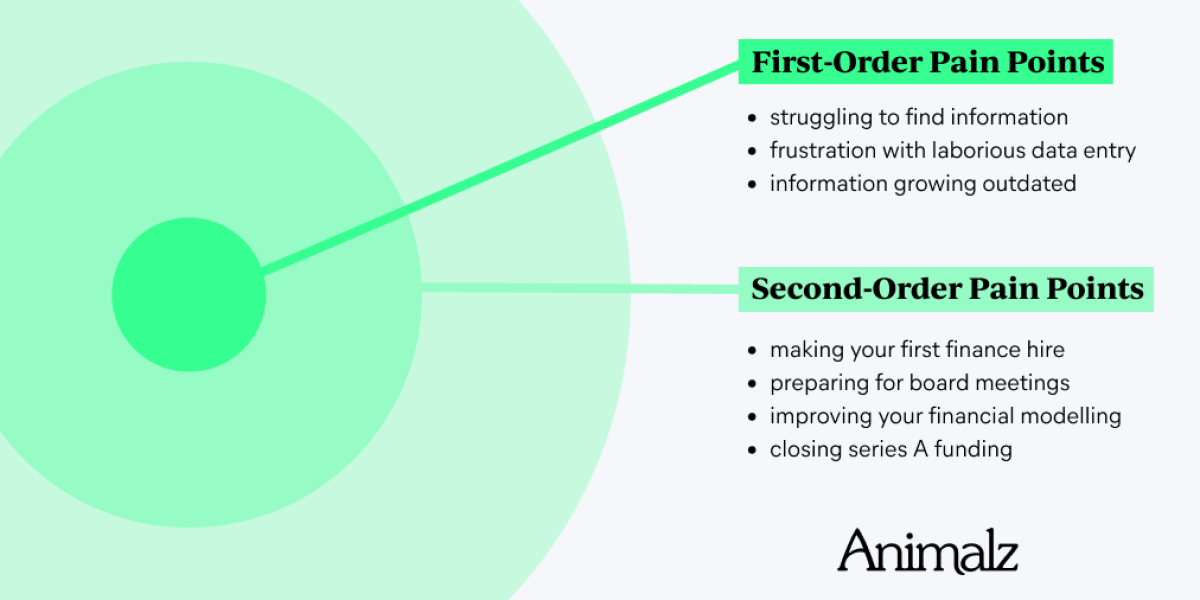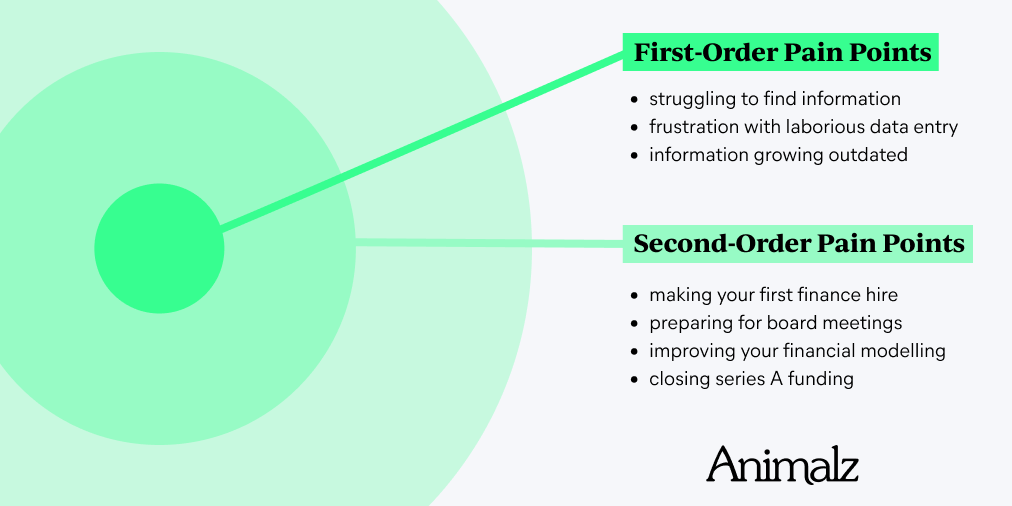One of the simplest (and best) content marketing strategies is to write about pain points — the ugly problems your product is designed to solve.
This strategy is a bona fide triple threat. You can attract new visitors, solve a sticky issue for them, and introduce your product as a logical next step — all in one move. If you’re brand new to content marketing and looking for the quickest route to turn pageviews into dollars, pain points are a great place to start.
But as with anything good, there are complications to consider:
Many products solve problems for users, not buyers. Many companies — particularly those selling in the enterprise — wrestle with the classic buyers versus users challenge: the people who buy the products are different from the people who use the products. This creates an obvious hiccup in our pain point plan: writing solely about the problems experienced by the users will do little to reach and persuade the buyers.
Painful problems don’t always have lots of search volume. Some of the problems your product solves will be so new or specific that they’re unlikely to have a meaningful amount of search volume associated with them — there simply aren’t many people googling them each month. In other cases, some problems will be so nebulous — like vague organizational growing pains — that they don’t cleanly map to relevant keywords. These pain points are still worth writing about — they function as useful collateral during the sales process — but they won’t help you reach a new audience.
You will — eventually — run out of immediate pain points to solve. We see this situation a lot: a company comes to us because they’ve written about the most obvious, pressing problems their product solves, and now they don’t know where to focus. What should they write about next?
Many companies start their content operations by focusing on pain points. As a result, many companies find themselves quickly bottlenecked by these three problems. But there’s a useful framework for moving past and unlocking continued growth:
Second-order pain points.
Second-Order Pain Points
Traditional pain points are frustrating problems that can be solved by your product. These can be thought of as first-order pain points: the pain points most immediately and directly related to the thing that your product does.
But for every company and product, there is also an entire constellation of second-order pain points. We find these by zooming out from our first-order problems to explore the bigger, broader environment in which they live. These are problems that are comorbid with the problems your product solves, occurring at the same time for the same people. These problems will be less directly related to your product, but the total addressable market they offer is far, far bigger.
Here’s an article that illustrates this point:

Equals is a spreadsheet alternative, and their primary demographic is the companies that are beginning to “outgrow” their spreadsheets. This is hard to whittle down to distinct, relevant, search-friendly pain points, which usually consist of some combination of:
struggling to find information
frustration with laborious data entry
information becoming outdated
If Equals were to write about these pain points, they would run into the problems listed above. These problems are big and nebulous. They’re experienced by both users and buyers. Useful keywords are hard to map, and if such keywords exist, they would likely generate very unqualified traffic.
But for their target audience — growing startups — there’s an obvious second-order pain point that is comorbid with these spreadsheet frustrations: making a first finance hire.

A spreadsheet alternative like Equals doesn’t inherently solve the problem of making a finance hire, but it solves problems that occur right around the same time as the hiring needs appear.
For a small team, spreadsheets pose no issue; it’s only when the team grows to include more people that permissions, organization, and data integrity become problematic.
Writing about making a finance hire provides a concrete access point to the right audience at the right time. It qualifies out lots of irrelevant traffic. It shows that Equals “gets” their audience’s problems and that they understand the macro challenges that accompany the micro one of outgrowing spreadsheets.
The Pain Point Hierarchy
The takeaway here is a simple one. It’s a good idea to write about pain points, and writing about the most immediate, pressing, and product-related pain points is a great way to start content marketing. But don’t stop there.
Every product has access to an entire constellation of second-order pain points, and these can provide access to a far larger audience and a natural route of progression for companies that feel like they have “run out” of topics to cover.
So talk to your customers and ask: what are the related problems that occurred around the time you purchased? Where do we fit in the bigger, broader challenges you’re wrestling with?
We can even take this idea to its logical conclusion by asking, “what happens if you run out of second-order pain points?” Some companies, after years of high-volume content marketing, can conceivably run out of product-related and product-adjacent pain points to cover.
The next logical step is to take a further step away from the product to topics of general interest that offer an even larger audience — and that is, in a nutshell, the justification for starting a media marketing strategy.
